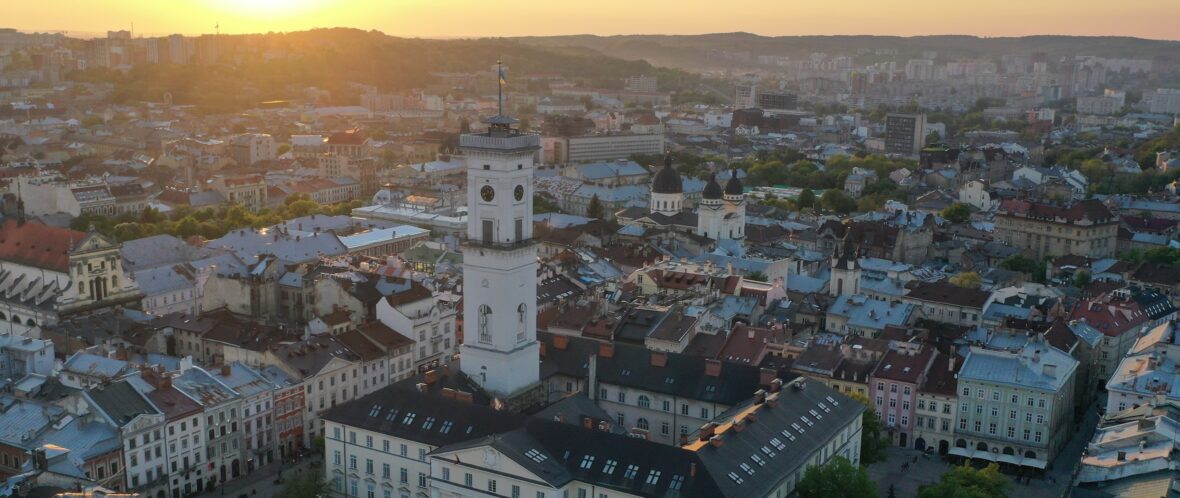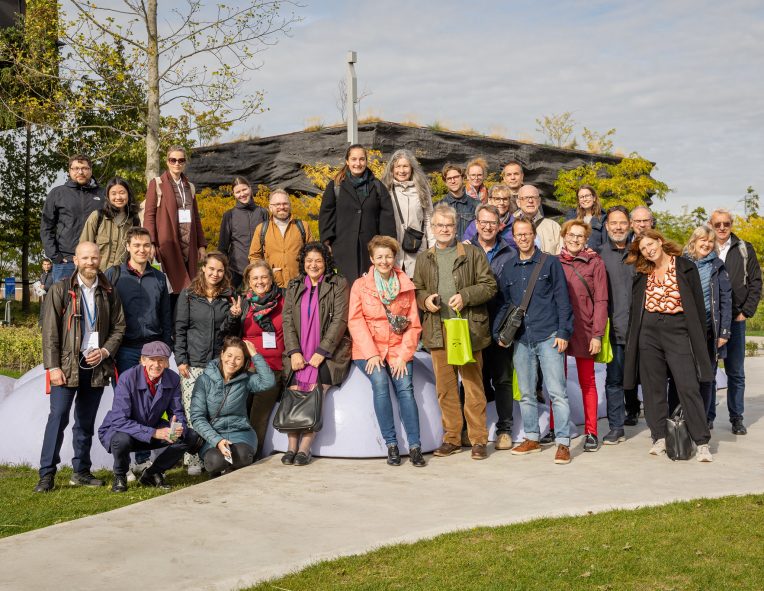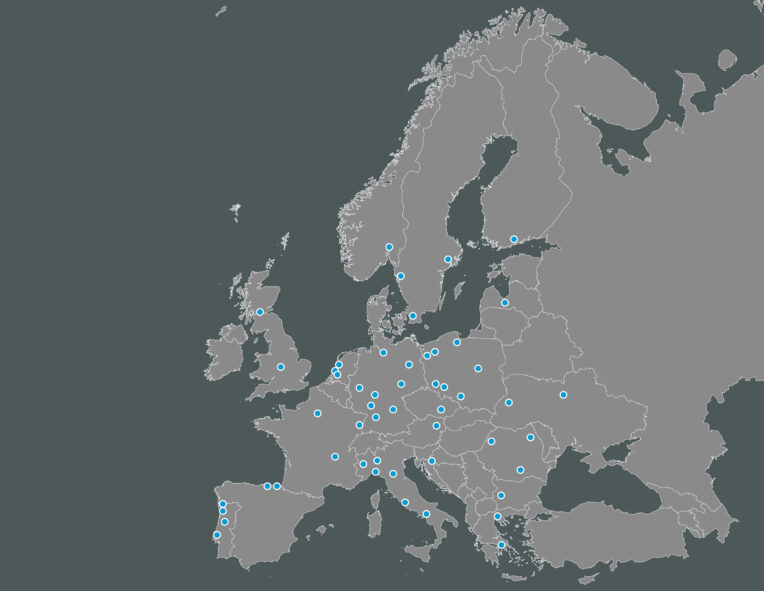Primary METREX contacts
About Lviv
Major projects
Development of Lviv Agglomeration
Lviv agglomeration includes 18 territorial communities: 7 cities, 9 townships, and 335 villages, located within 30 km of Lviv city. The population is over 1 million. The area is 3600 square kilometers. Covers 72% of operating enterprises, which contribute 64% of the region’s total income.
The Lviv Agglomeration Development Strategy was established in 2023. This strategy is a foundational framework for the ongoing collaboration and development among communities within the Lviv agglomeration, utilizing various formats. The Strategy shows its dedication to building a successful, sustainable, and globally competitive urban center in Eastern Europe.
During the Lviv Self-Government Forum on November 29, 2023, the leaders of territorial communities in Lviv and neighboring areas signed a joint memorandum to foster cooperation and establish the “Lviv Agglomeration” association of local authorities.
Unbroken National Rehabilitation Center
During the russian military aggression, Lviv stands resilient, showcasing an unwavering spirit and solidarity. Lviv has hosted more than 5 million refugees. The city actively supports Ukrainian forces, providing humanitarian aid and serving as a hub for volunteers. Despite the challenges, Lviv remains open to the world, fostering international support and solidarity.
The National Rehabilitation Center «Unbroken» is a unique facility where adults and children who have suffered from the consequences of war receive comprehensive and qualified medical assistance. Since the onset of the full-scale invasion, the center has provided treatment for over 15,000 injured Ukrainians, including 350 children. The center specializes in reconstructive surgery, orthopedics, and prosthetics. Additionally, the center focuses on physical, psychological, and psychosocial rehabilitation. «Unbroken» strives to fulfill its mission of saving, prosthetizing, and rehabilitating Ukrainians within the country.
https://unbroken.org.ua/ua
Planning issues
Integrated system of transportation mobility and road safety improvement
Joint development of water supply and drainage infrastructure
Comprehensive waste management system
Preservation of the natural environment and the network of “green” and “blue” spaces
High quality and accessibility of key services in education, healthcare, social protection, and culture
Rehabilitation cluster at the national level



